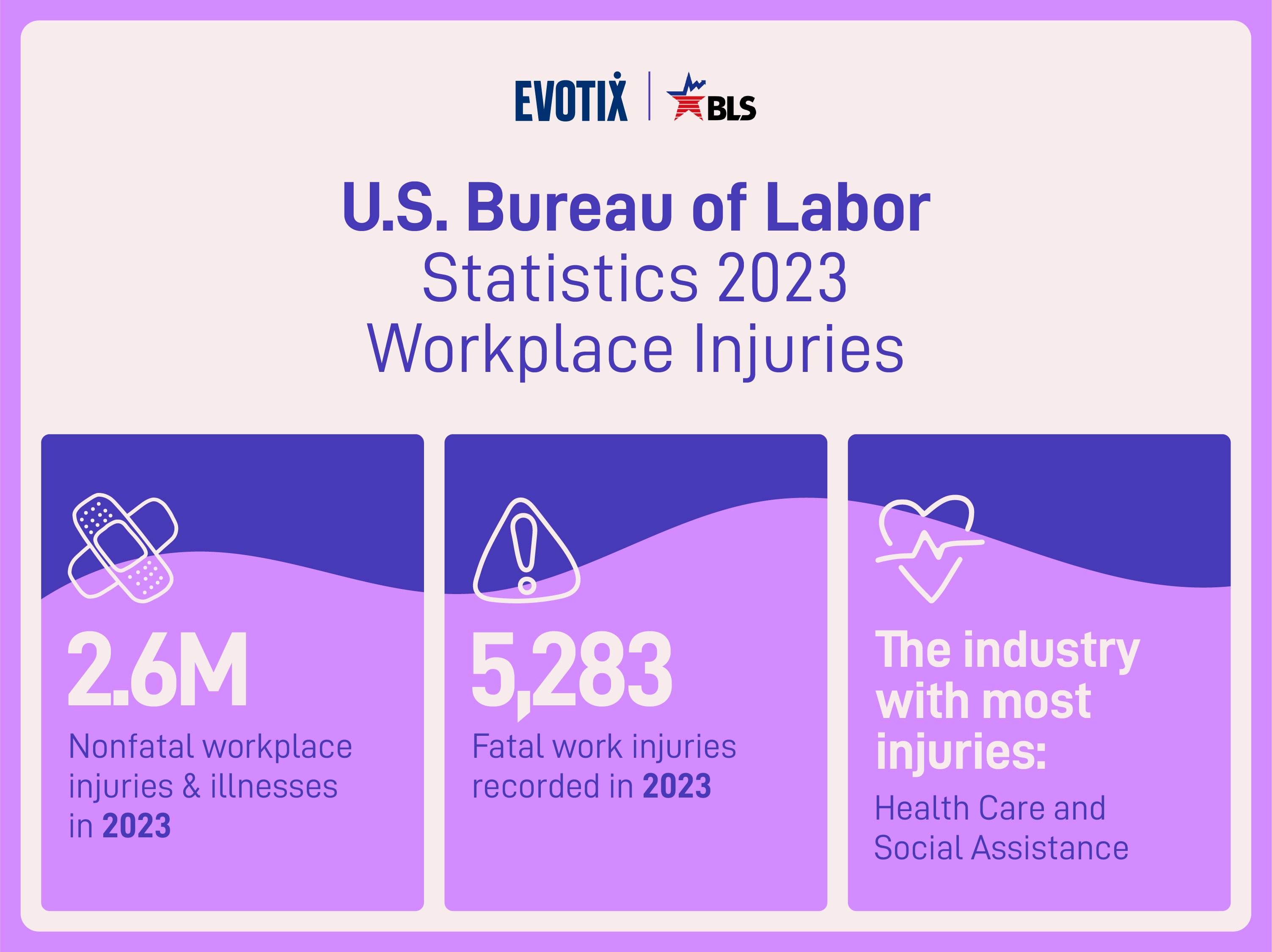Contents
How To Prepare for an EHS&S Solution Evaluation
5 August 2025
When selecting EHS software, it’s important to choose a solution that aligns closely with your organization's unique processes. While many vendors offer tools that promise a range of benefits, the most effective partners are those who take the time to understand your health and safety processes and demonstrate a clear commitment to adapting their software to fit your specific needs.
Before evaluating health and safety software, take the following steps to prepare yourself.
1. Know where you fall on the maturity model
Transitioning from paper or spreadsheets to health and safety software is a big step. In many cases, it requires you to consider where you are on your health and safety journey.
-
Are you ready to adopt a new tool?
-
Are your current processes in place ready to be streamlined for software?
-
Is your organization truly dedicated to improving health and safety?
Determining where your organization falls on the 5-step EHS maturity model can help you answer these questions and see what features are required to advance to the next stage.
2. Identify key needs and priorities
Before evaluating any EHS software, identify your organization’s top needs and further priorities. Start by assessing your current EHS challenges, gaps and goals—whether that’s improving incident reporting, streamlining audits and inspections, enhancing compliance tracking or increasing employee engagement in health and safety. Clarifying priorities helps align internal stakeholders and provides a roadmap for scaling your EHS program over time. This will give you an understanding of specific modules and workflows to look out for.
3. Set a realistic timeline
Establishing a clear and realistic timeline is critical when choosing EHS software. This timeline should outline key phases in the selection process, such as identifying your needs, evaluating vendors, conducting demos, securing internal buy-in and final implementation. Rushing through these steps can lead to a lack of process understanding, missed requirements, overlooked features and/or a poor vendor fit. At the same time, dragging out the process can delay the benefits of improved safety performance and efficiency.
4. Determine your budget
Take time to carefully evaluate your financial resources and establish a clear budget for your software investment. By crunching the numbers, you'll gain a better understanding of the amount you can allocate towards acquiring the right software solution from the market. If applicable, loop your CFO into discussions with software vendors to get a clear picture of what is realistic.
5. Start simple
Trying to implement every single possible feature of an EHS software tool can be overwhelming. A more effective approach is to start small and adopt wider features and additional modules once users are acquainted with the software.
6. Research vendors
Create a shortlist of potential software vendors. With this shortlist, each vendor should be thoroughly researched to ensure there are positive reviews of their services and the company has values that align with your own.
7. Prepare a list of questions
Before you meet with potential vendors, prepare questions and discussion points to bring up. This will help guide discussions and make sure you get valuable information you can report back to leadership. Ask questions such as:
-
What do reporting dashboards look like?
-
Will my data be secure?
-
What does post-implementation support look like?
-
How will my IT team need to get involved?
Next Steps
Most vendors will offer a live or on-demand demo so you can see the platform in action. This is your opportunity to evaluate whether the software truly meets your organization’s needs, both in terms of functionality and usability. During the demo, pay close attention to how intuitive the interface is, how customizable the workflows are and how well the features align with your priority use cases.
Once a vendor has been found that meets all your requirements, a case must now be presented to relevant stakeholders to outline the key reasons this particular software will benefit your company. This presentation should highlight how the solution aligns with your organization’s goals, addresses current pain points and delivers a ROI through improved efficiency, compliance and safety performance. Be prepared to answer questions around cost, implementation timelines, integration with existing systems and user adoption to secure stakeholder buy-in and support.
To learn more about implementing EHS software within your organization, check out our toolkit: How To Implement a Health and Safety Management System.

Global EHS Specialist
Langdon Dement is a Global EHS Specialist at Evotix where he coaches organizations in general health and safety, ergonomics and change management with leadership. Dement is a Certified Safety Professional (CSP) and holds a master's in occupational health and safety from Murray State University. He is also a member of the American Society of Safety Professionals and the American Industrial Hygiene Association. He is renowned across the industry for his expertise in organizational EHS transitioning and development of EHS software solution tools. Dement is also the host of the popular health and safety podcast, “Two Bald Guys Talking Safety.”
RELATED BLOGS

Why You Should Care About the Bureau of Labor Statistics
20 December 2021 - Langdon Dement
It’s that magical time of year again. A time of insight; a time of recollection; a time of lagging indicators; a time of Bureau of Labor Statistics (BLS) injury and illness information. The data is..

OSHA's 2024 Hazard Communication Standard: What You Need To Know
5 June 2024 - Langdon Dement
Once again, the United States is in the wake of a major change - a change that has been anticipated for three years and is bound to create a stir for organizations. A change that is believed to..

Bureau of Labor Statistics Releases 2023 Fatal and Nonfatal Injuries and Illnesses Report
16 January 2025 - Langdon Dement
The start of a new year offers the perfect opportunity for reflection. It's a chance to celebrate progress, assess past challenges and identify areas for improvement. As EHS professionals, we take..